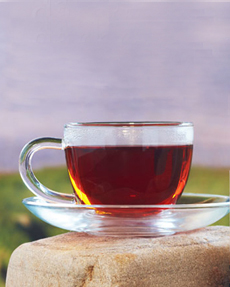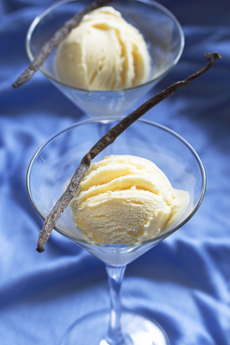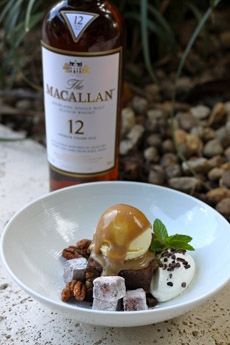| |
Editor’s note: We regret that the producer of this video has discontinued it. Although not a video, here is a delicious falafel recipe.
If you can’t find a local restaurant selling delicious falafel sandwiches, here’s a video that shows how easy they are to make at home.
And here’s a falafel recipe along with recipes for your choice of tahini sauce, yogurt sauce or garlic sauce.
Made from chickpeas and/or fava beans, garlic, parsley, cilantro, and seasonings, falafel is a vegan food that is an excellent ambassador for how tasty vegan cuisine can be.
Falafel is also dairy-free, cholesterol-free, egg-free, sugar-free, and potentially gluten-free.
Gluten-free. Many recipes add bread crumbs or flour to bind the ingredients and keep the balls from falling apart when fried. To avoid gluten, make gluten-free bread crumbs and substitute potato flour.
The Right Fat. If you fry your falafel, canola oil and peanut oil are monounsaturated fats (good for you fats). To cut down on fat calories, you can bake the falafel instead of frying.
Falafel is frequently enjoyed in a flatbread wrap or pita pocket, along with lettuce, tomato, tahini sauce, and pickled turnips (also included in our falafel recipe).
You can also add falafel balls to a green salad or serve them with a yogurt dip or as part of a mezze (appetizer) plate with feta, hummus, babaganoush, and/or tabbouleh—delicious dips now available in many supermarkets.
|



